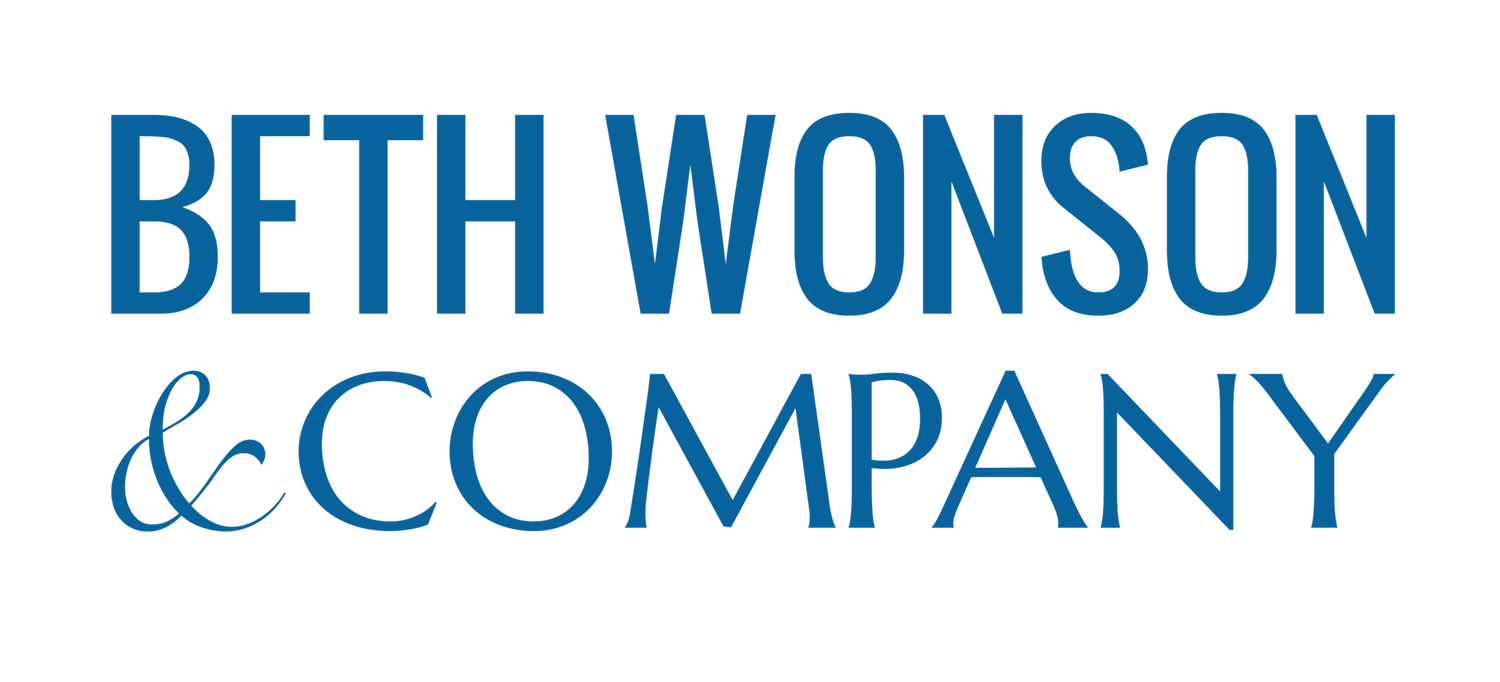7 Ways Managers Can Activate Problem Solving in Others
So often we are hooked into the myth that in order to successfully manage people you must know all the answers.
But here is the truth!
To successfully manage people, you must actually know some really great questions. When you are able to ask great questions, people become motivated and empowered by sharing their ideas and knowledge.
7 Ways to Activate Problem Solving
When your staff comes to you with questions or needing help, instead of simply providing answers, try some of these questions and phrases instead:
That’s an interesting challenge. How have you solved similar challenges in the past?
What do you think your next step might be?
Tell me what you’ve already tried.
I’d like to hear about some of the ways you feel I can support you on this?
If you had unlimited resources, how would you solve this problem?
I like how you are thinking. Please share with me how you got to this point.
What went really well for you so far in this challenge?
These starter questions and phrases will not only help you build rapport but will also help to foster critical thinking and proactive problem solving.
Leverage Curiosity
In dialogues created by curious questions, you will gain insight into the shadow challenges underneath the obvious challenges. Curious inquiries that require reflection will help others generate new ideas when they are feeling stuck.
Together you and your staff will be able to co-create solutions and innovate new approaches. They will feel empowered and have increased confidence and capacity.
The Power of a Pause
To successfully use curiosity as a tool to build staff competency, you must be fully present when asking questions. To do this, take a few breaths, clear your mind of distractions, and engage with body language and eye contact.
Don’t ask these questions when you are rushed, distracted, or stressed. If you do, it will backfire. You will not appear sincere and the other person will not feel heard.
Don’t get discouraged if the other party stumbles or struggles to answer the questions—especially if this type of dialogue and presence is new to both of you. It takes practice and may take time for it to be comfortable.
How to Nurture Participation
To encourage more participation remember these guidelines:
Pause and hold quiet space for reflection after you ask the question. We all require different amounts of processing time. Get comfortable with silence. Just wait. Don’t interrupt the quiet to repeat, reframe, or explain the question.
If you are unclear on the answer or need more information, simply clarify. “Let me tell you what I think I heard. You can tell me where I’ve got it right and where I’ve got it wrong”.
If the other person gives a one word or brief answer, or says, “I don’t know”, ask them to “Say more about that”. This invitation encourages people to continue talking and eventually they will get to their answer.
If you don’t agree with the answer, or think you have a better idea, hold back. Nothing will reverse the positive impact of curious questions faster than telling someone their answer is wrong. There are no wrong answers here. You are simply helping the person to think for themselves. If the challenge they bring forth has a cut and dried correct answer, then just give that answer and move on. These questions are for the situations where you want others to develop their own solutions.
Initially there may be discomfort on both sides, as there is anytime we engage in a new behavior or way of being. With practice and patience, you will soon find that you feel less pressure to “know all the answers” while building skillfulness and relationships with your staff.
Do you have some of your own favorite curious questions? I bet you do! Share them with me here or in the Navigating Challenging Dialogue Facebook group.
Have a Question? Let’s Talk Today
You may be facing a challenge or weighing an action and aren’t sure where to start, or what a solution even looks like. Contact Beth today! It’s 100% confidential so you can freely discuss the challenges you’re facing and unlock a path forward. Or Get Started with our resources library and books.
